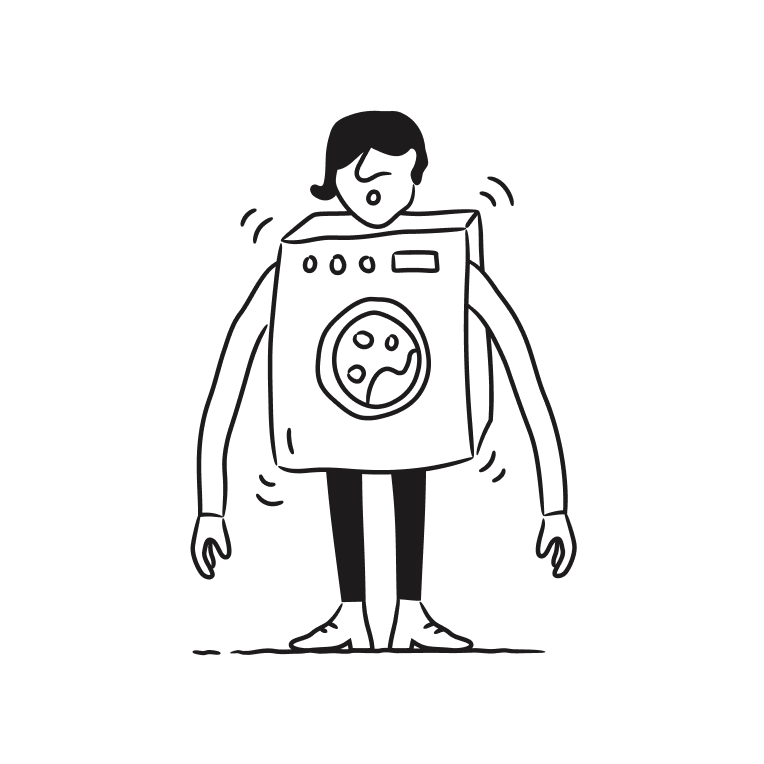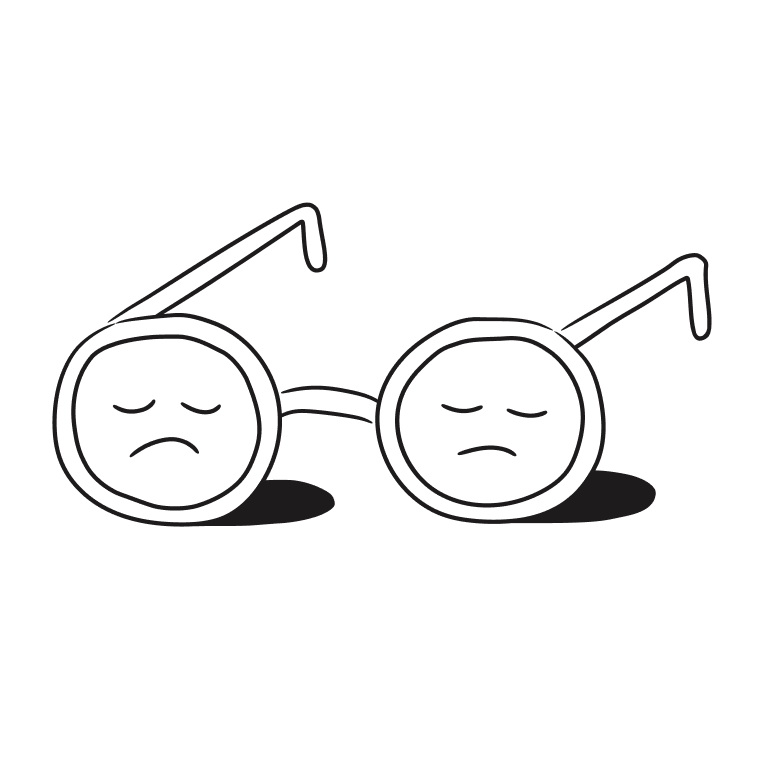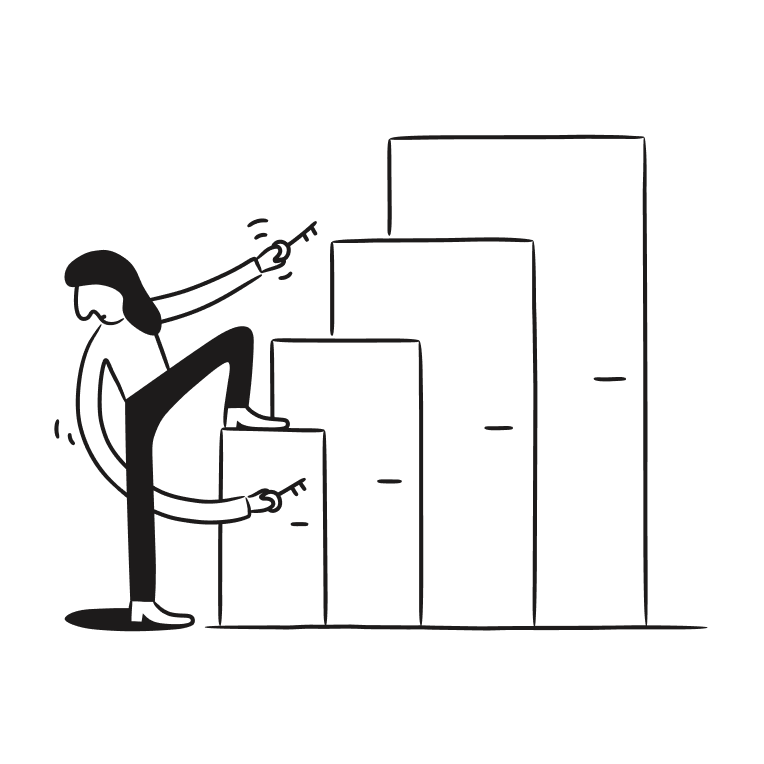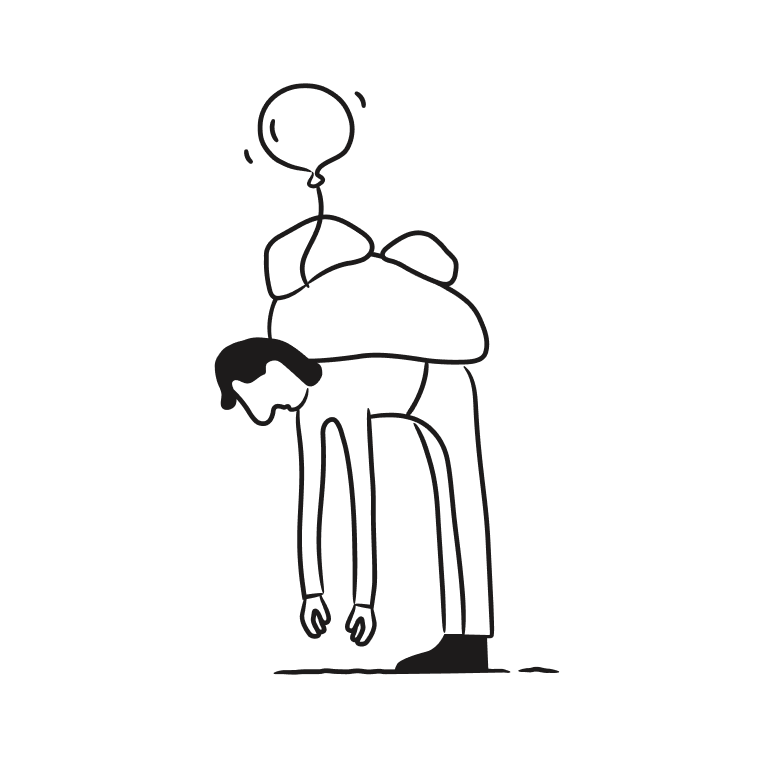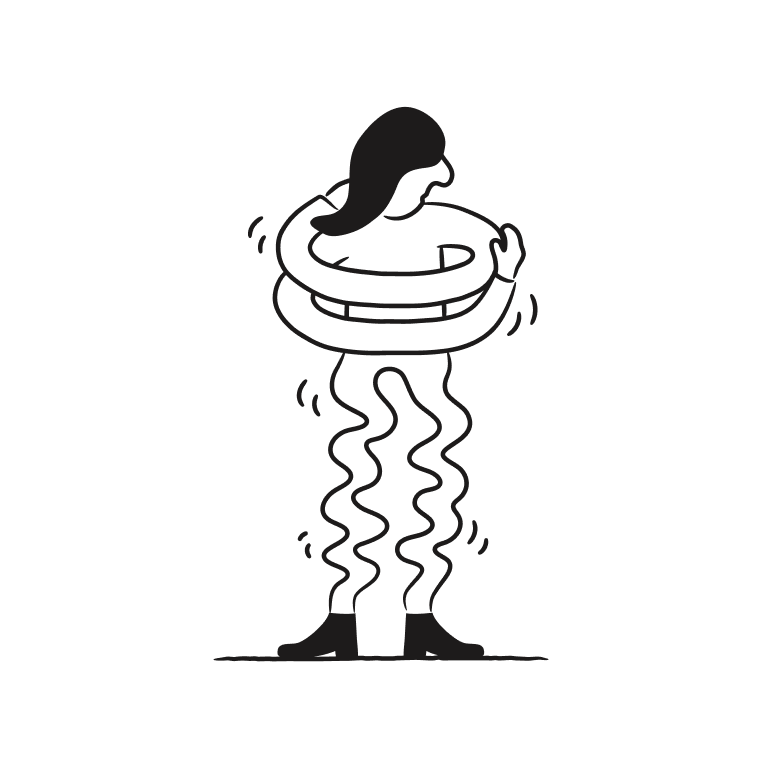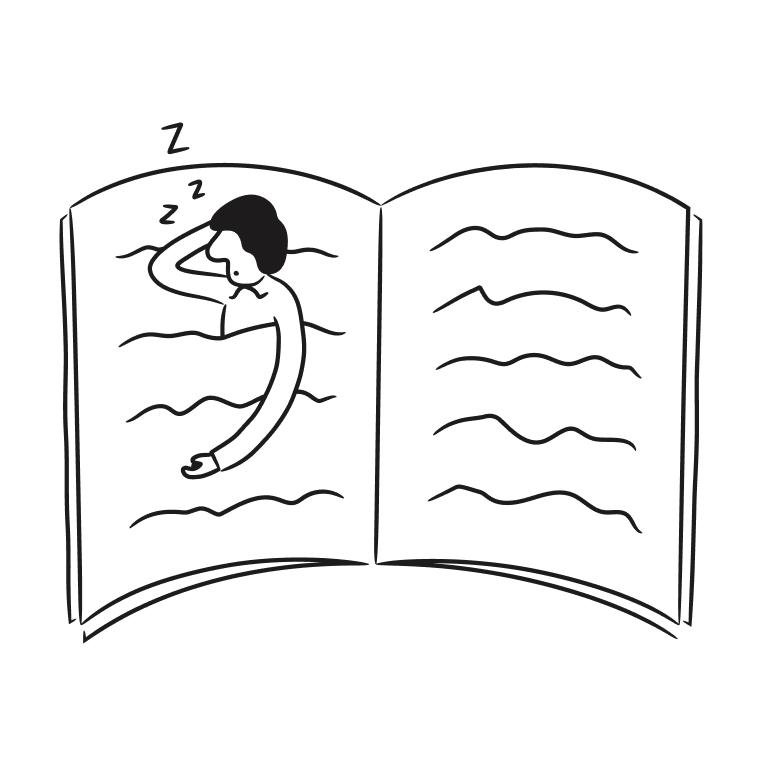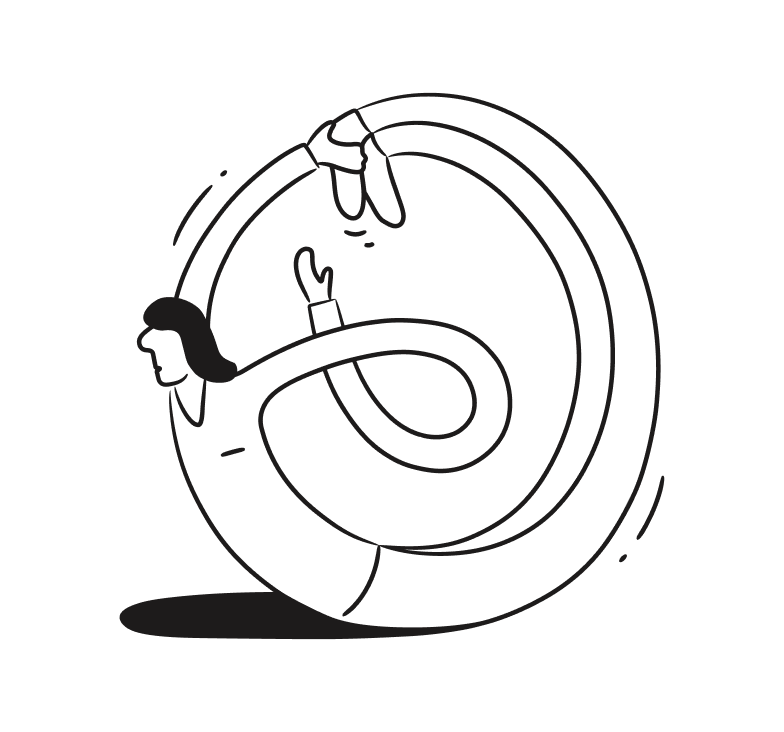Panic and Anxiety Attacks
The terms panic attack and anxiety attack are often used interchangeably, but they actually refer to different experiences with important distinctions, especially in medical and psychological contexts.
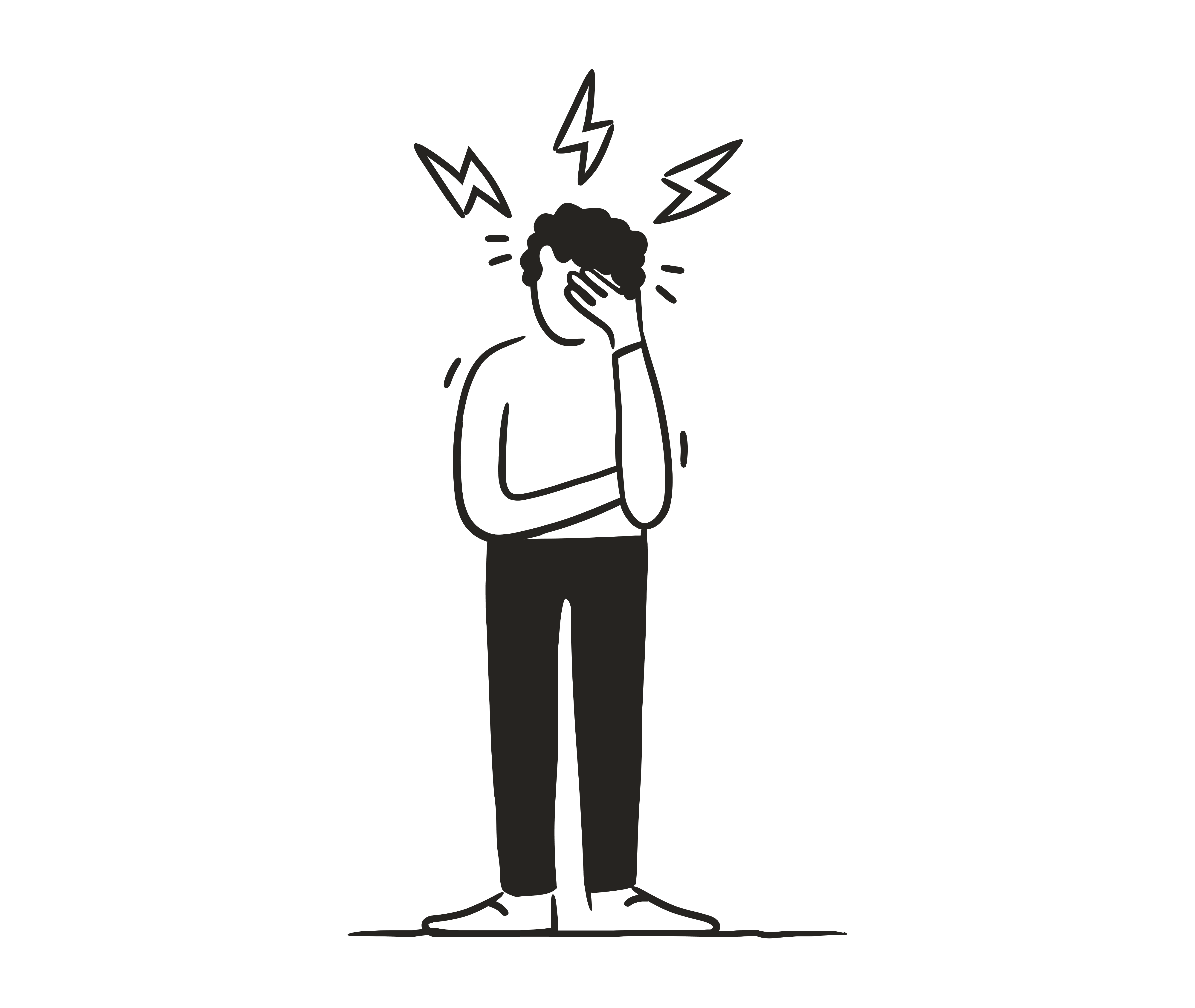
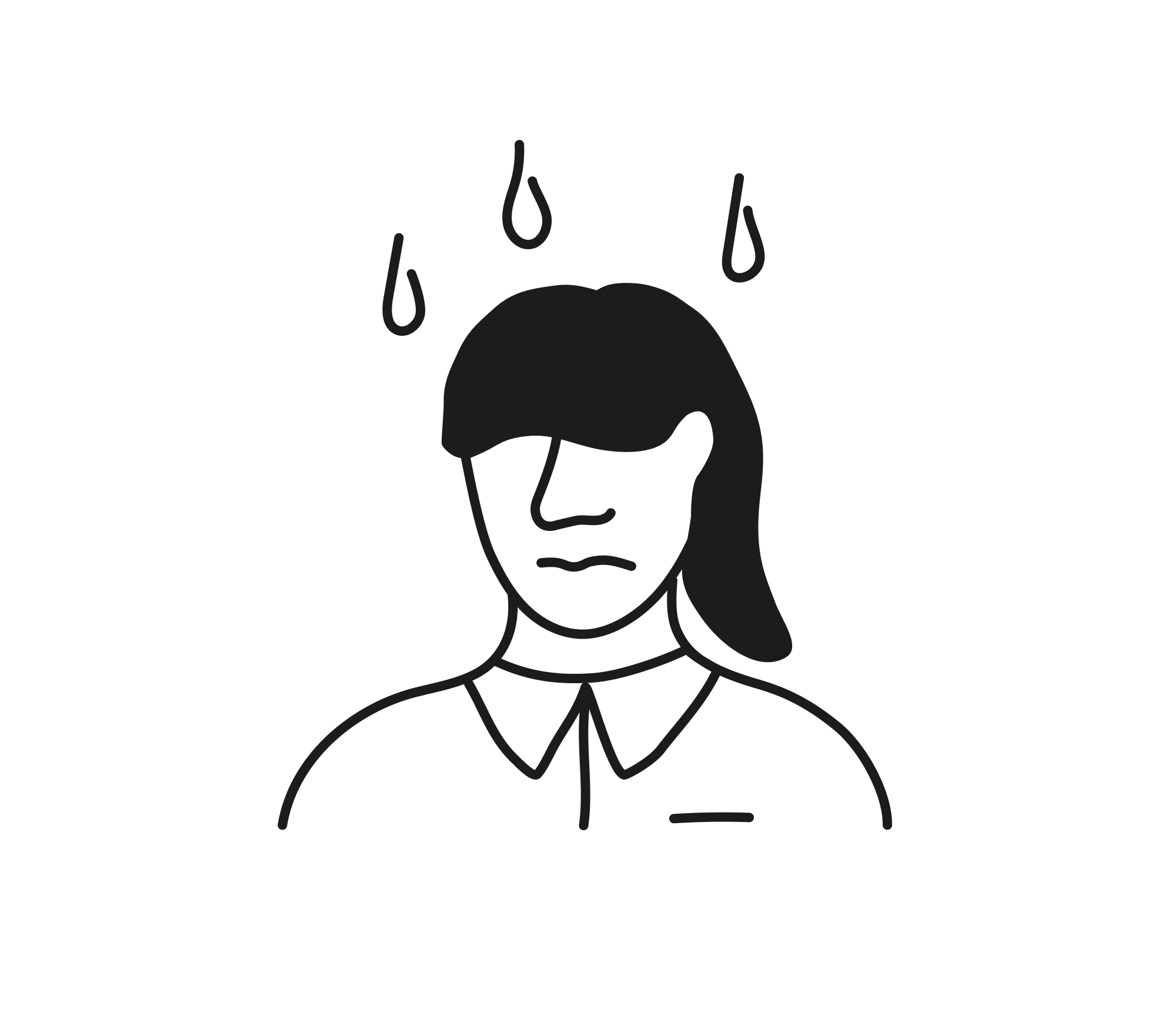
What's the difference between a panic attack and an anxiety attack?
A panic attack is a udden episode of intense fear or discomfort that reaches a peak within minutes, often occurring without a clear trigger. They can happen unexpectedly, even during sleep. Common in panic disorder but can also occur in other anxiety disorders.
Common symptoms can include:
- Heart palpitations
- Sweating
- Trembling or shaking
- Feelings of choking
- Chest pain
- Nausea
- Dizziness
- Chills or hot flashes
- Numbness or tingling
- Derealistion or depersonalisation
- Fear or losing control
- Fear of dying
An anxiety attack is a more gradual build-up of excessive worry or fear, typically in response to a specific stressor or situation. These are more closely associated with generalized anxiety disorder (GAD) or situational anxiety.
Common symptoms can include:
- Restlessness
- Worry
- Muscle tension
- Fatigue
- Irritability
- Trouble concentrating
- Sleep distrubances

Practical self-help for both panic attacks and anxiety attacks

Grounding methods
The goal is to ground yourself and let the attack pass — it's scary, but not dangerous. Try grounding yourself with the 5-4-3-2-1 method, or try controlled breathing.
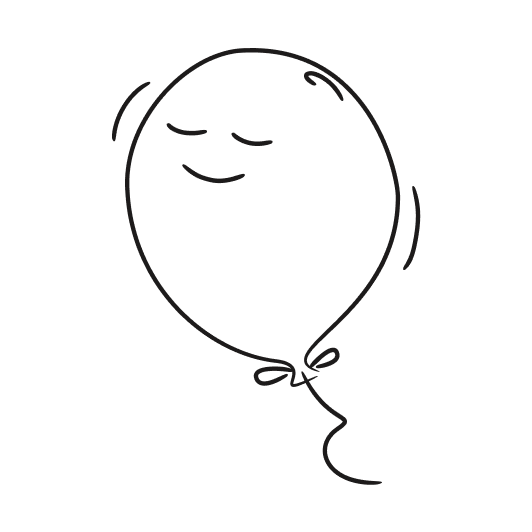
Breathing exercises
Try box breathing which helps regulate your nervous system, jounraling to write down what's worrying you (ask yourself "is this thought true?" and "can I control it?"), or give progressive muscle relaxation a try which involves tensing and relaxing muscle groups from head to toe, one at a time.
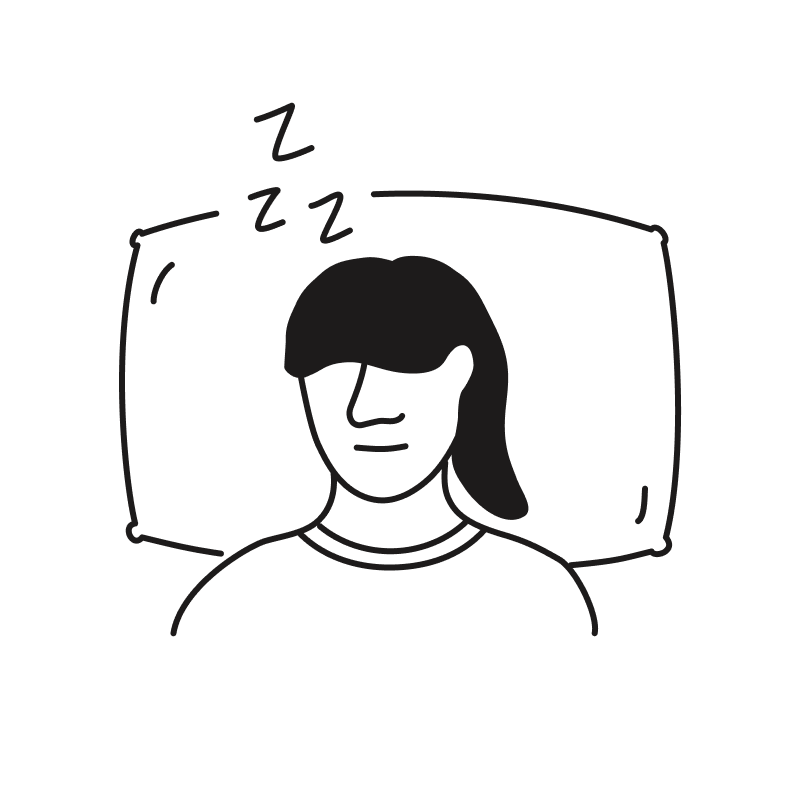
Get plenty of sleep
Establishing a regular sleep routine can help with sleep cycles. Create a soothing wind-down routine 30 mins before bed. Keep a journal by your bed to jot down any worries or rumination.
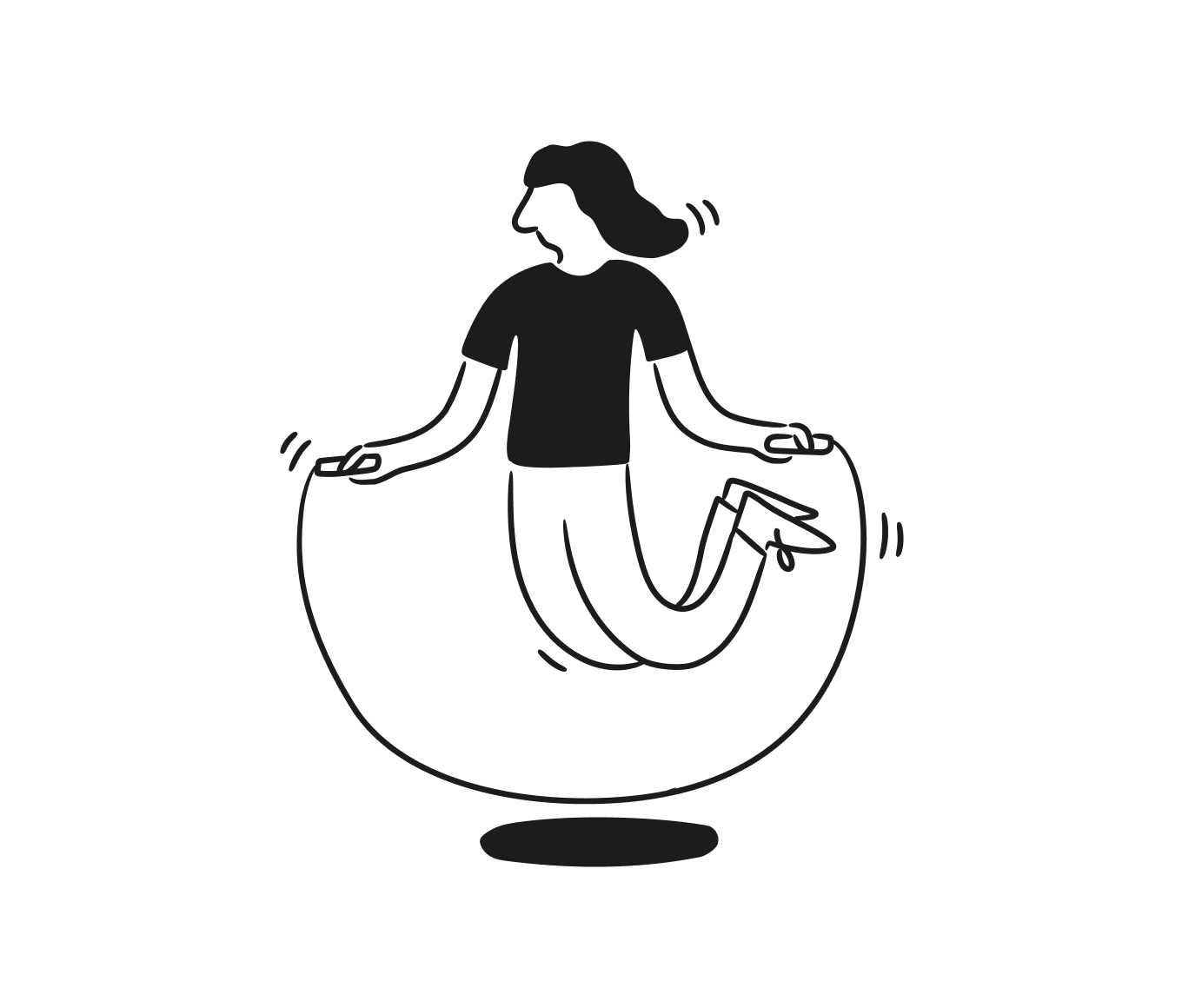
Stay active
Keeping active makes you healthier in mind and body. It can also help you sleep. You don’t have to be running miles every day, activities like housework, yoga and walking all count.
Support with Mindler
Mindler treats a range of common mental health issues including anxiety and worry, depression, post-traumatic stress disorder, obsessive compulsive disorder, phobias, sleep problems, and stress. Online therapy can be especially useful for those who are unable to travel or find it harder to leave the house because sessions take place online from the comfort of your home, from your smart phone or tablet, or anywhere where you connect to the internet.
If you’re experiencing difficulties, it’s important to speak with your GP first. They will be able to talk you through different support options suitable for your needs. One of the things they might suggest is cognitive behavioural therapy (CBT) which helps you to manage your feelings by changing the way that you think and behave.
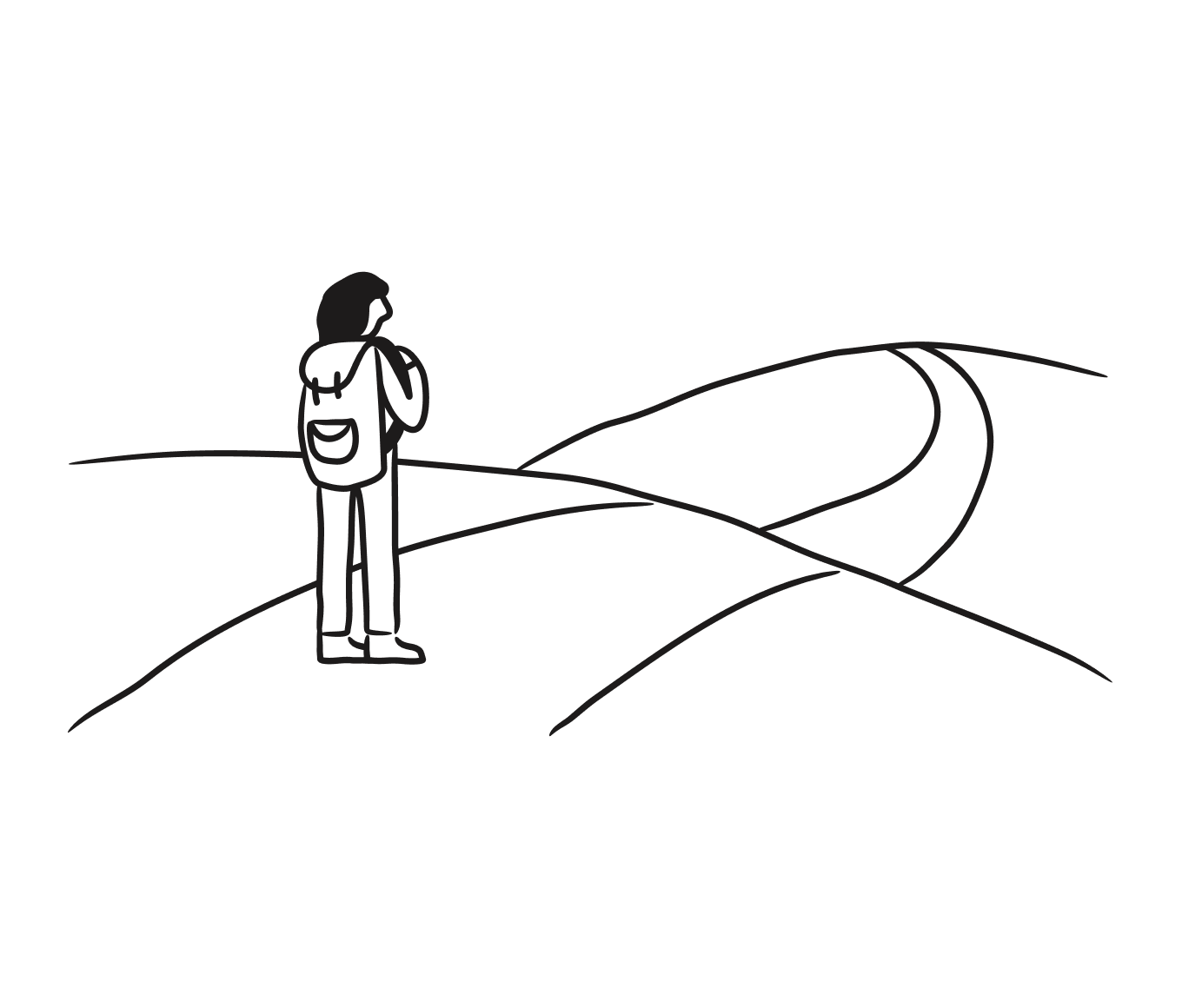
What we treat
From trouble sleeping to anxiety to depression, mental health conditions can affect many of us in different ways. ieso clinicians treat a range of common mental health symptoms.
Where to get urgent help

Support is available if you or someone you know is having a mental health crisis or emergency, no matter what you're going through.
If you or someone you know is having a mental health crisis, you can get urgent support here
Or speak to your GP or a mental health professional. Let them know about the symptoms you’re experiencing, and they can support you with what help is available.

